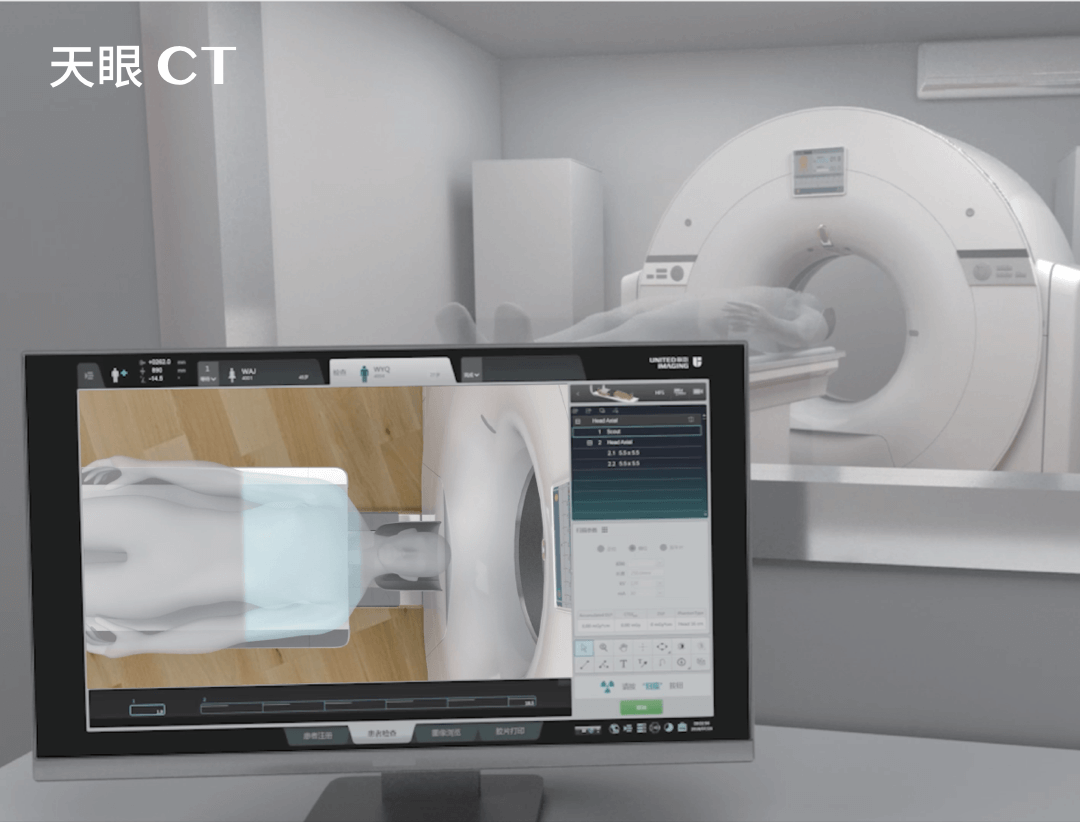X-ray of the foot
X-ray of the foot allows a detailed assessment of the condition of the bones, joints and other anatomical structures of the foot, which is essential for diagnosing injuries and chronic diseases, and also in monitoring the progress of treatment.
What is the structure of the foot?
The foot is a complex anatomical structure that plays a key roles in daily human functioning: walking, running and maintaining balance. It consists of many bones, joints, ligaments, muscles and tendons that work together to ensure stability, flexibility and strength.
Foot health plays a key role in our overall well-being and health. Feet provide the foundation for the entire body, and their proper functioning is essential for maintaining mobility, balance and a comfortable life. Foot problems can lead to a number of ailments that affect various aspects of physical and mental health.
The foot has many important functions, such as:
- Body support – it supports our body weight while standing and walking.
- Cushioning – it absorbs shocks when walking, running and jumping.
- Movement – it allows walking, running, jumping and other forms of locomotion.
- Balance – it helps balance the body on different surfaces.
What is an X-ray of the foot?
The examination involves taking an image that allows the doctor to see the internal structures of the foot using X-rays. When passing through the body’s tissues, these rays are absorbed to different degrees by different structures, making it possible to obtain an image on an X-ray film or digital detector.
When is an X-ray of the foot necessary?
X-rays of the foot are necessary in several situations, including injuries, chronic disease, and pre- and post-operative evaluations.
- Injuries and fractures – X-rays of the foot are essential in the event of an injury that may suggest a fracture in the bones of the foot or toes. Symptoms such as pain, swelling, bruising, deformity or inability to put weight on the foot may necessitate an X-ray examination.
- Foot pain and discomfort – if a patient is experiencing chronic foot pain for no apparent reason, an X-ray can help identify problems such as arthrosis, degenerative changes or other bone pathologies.
- Deformities and anatomical defects – an X-ray of the foot is often used to diagnose bunions (hallux valgus), flat feet and other deformities, such as hollow foot or hammer toe, assess the degree of deformity and plan possible surgical treatment.
- Detection of tumours and lesions – X-rays can help detect bone tumours and other pathological lesions, such as cysts or benign tumour lesions.
Indications for an X-ray of the foot
An X-ray of the foot is recommended in the following situations:
- Injuries and fractures – the most common indication is a suspected fracture of a bone in the foot or toe. The image obtained helps to accurately locate the fracture, assess its type and degree of complication.
- Degenerative changes and rheumatic diseases – X-ray is used to diagnose diseases such as osteoarthrosis, rheumatoid arthritis or gout. It makes it possible to assess the condition of the joints, the presence of osteophytes (bony growths), narrowing of the joint space and possible bone damage.
- Tumours and lesions – the examination can help detect bone tumours and other pathological lesions, such as bone cysts or infections.
- Congenital deformities and defects – X-rays are helpful in evaluating congenital anomalies, such as bunions (hallux valgus), flat feet or other foot deformities.
Contraindications to performing an X-ray of the foot
The only contraindication to the examination is pregnancy. In this case, other safer examinations should be performed, such as ultrasound or MRI. However, if an X-ray is absolutely necessary, despite pregnancy, the examination will be carried out with extra precautions. The patient must inform the doctor about the pregnancy before the examination.
X-rays are not neutral to the human body, and especially to a developing foetus. X-rays can adversely affect foetal development, and thus it is important not to expose pregnant women unnecessarily to radiation.
What does an X-ray of the foot look like?
An X-ray examination of the foot is relatively simple and non-invasive. The patient is asked to remove footwear, socks and any jewellery from around the foot. The foot is then placed on the X-ray table in various positions to obtain the appropriate projections (views). A technician takes the images, with the whole procedure usually taking a few minutes.
How to prepare for an X-ray examination of the foot?
An X-ray of the foot does not require any special preparations on part of the patient. The examination does not require fasting. The patient can eat and drink at normal times both before and after the examination, as well as take any regular medications. The examination can be performed at any time of the day. For the patient’s own comfort and to ensure the smooth conduct of the examination, the patient should wear comfortable, loose clothing that can be easily removed to expose the area being imaged.
An X-ray of the foot is an extremely important diagnostic tool, allowing a quick and accurate assessment of the condition of the bones and joints of the foot. It is invaluable in diagnosing injuries and chronic diseases, and monitoring the progress of treatment. Despite some limitations, its availability and speed make it one of the most commonly performed imaging tests in clinical practice.
*IMPORTANT! The information contained in this article is for informational purposes only and is not a substitute for professional medical advice. Each case should be evaluated individually by a doctor. Consult with your doctor before making any health decisions.



